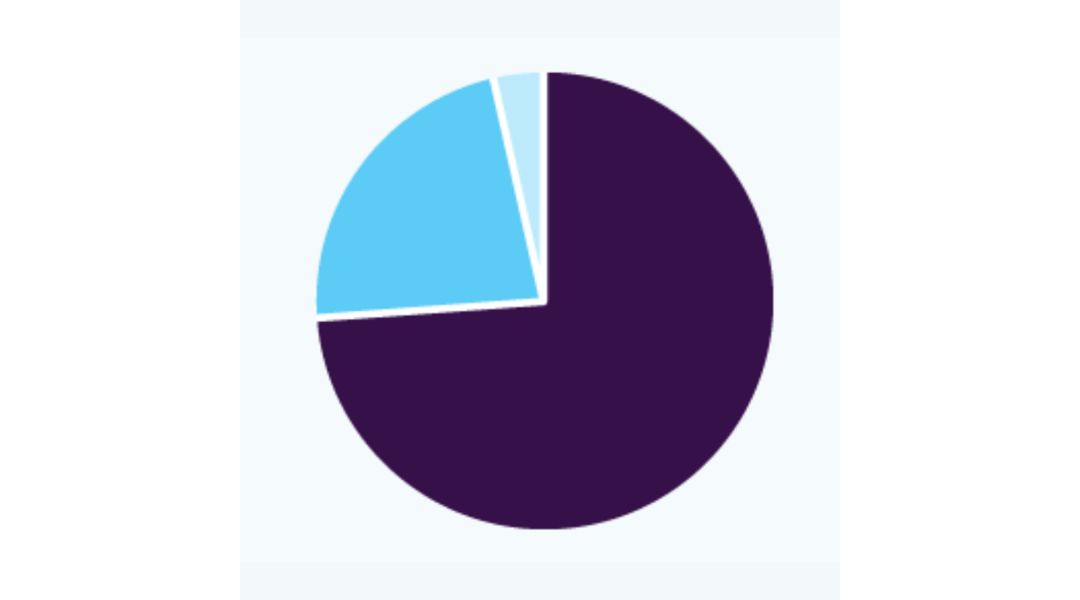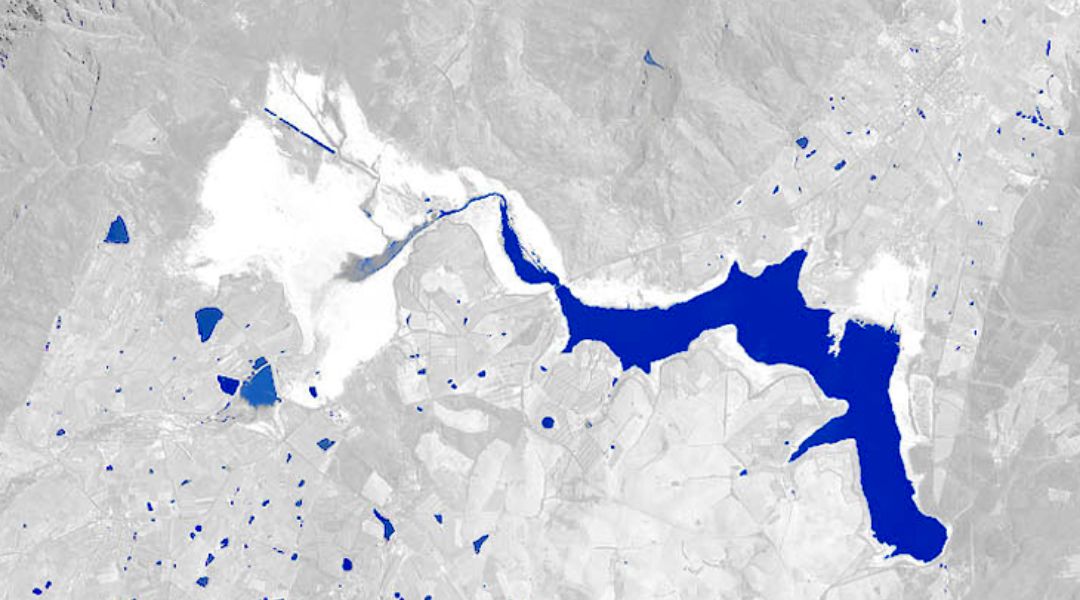As the global population grows, the demand for water increases in various sectors such as agriculture, industry, and domestic use. This heightened demand places additional stress on already limited freshwater resources, leading to water scarcity in many parts of the world.
What is Water scarcity? It refers to a situation where the demand for water exceeds the available supply within a particular region or country. It can occur due to physical water scarcity, which is a result of inadequate natural water resources like rivers, lakes, and groundwater, or due to economic water scarcity, where the infrastructure and technology required to access and distribute water are lacking.
Population growth exacerbates water scarcity through several mechanisms:
Increased water consumption: As more people inhabit an area, the overall demand for water rises. This includes not only drinking water but also water for sanitation, hygiene, and daily household needs. As a result, water supplies may be strained, especially in regions with limited freshwater resources.
Agricultural demands: Growing populations require more food production, which in turn necessitates increased irrigation for crops. Agriculture is a major water consumer, and as populations expand, more water is needed to sustain food production. This can further deplete water sources and contribute to water scarcity.
Urbanization: Rapid population growth often leads to increased urbanization, with more people moving to cities. Urban areas require significant water supplies to support their populations, industries, and infrastructure. If urban planning and water management practices are inadequate, this can result in water shortages and scarcity.
Competition for water resources: Increasing population densities can lead to competition for limited water resources among different sectors and user groups. Conflicts may arise between agricultural, industrial, and domestic water users, further exacerbating water scarcity.
In some regions, population growth has outpaced the development of water infrastructure and management systems, leading to water scarcity issues. Additionally, climate change can impact rainfall patterns, leading to droughts or irregular precipitation, further aggravating water scarcity problems.
Efforts to address water scarcity involve a combination of conservation measures, efficient water use, infrastructure development, and sustainable management practices.



